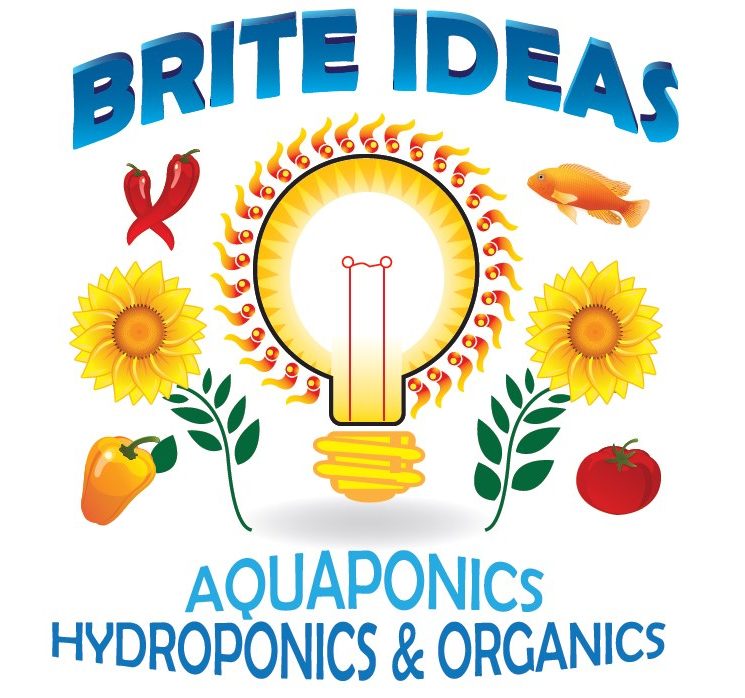What’s so great about aquaponics?
It’s the newest way to become self-sufficient and self-sustainable. Aquaponics systems let you grow both protein and vegetables in a very small space. You can either just enjoy watching the fish or you can have them for dinner. It’s a great hobby and a great gift.
Aquaponics are perfect for gardeners with bad backs, who use a wheelchair or are disabled.
- It’s so easy. After you set it up, it almost maintains itself.
- There are few pests and very little weeding is required.
- Easy on your back since the beds can be set at any height.
 Aquaponics is a relatively new cultivation technique that combines the practice of aquaculture (raising fish) with hydroponics (growing plants without soil using a nutrient solution). Aquaponics utilizes symbiotic relationships found in nature where microorganisms break down organic elements into forms that are easily assimilated by plants. Fish create ammonia as a waste product where a majority of it is excreted from the gills from the process of removing oxygen from the water. The rest is released through the fish’s urine and fecal waste. Ammonia is highly toxic to fish and high levels can lead to skin ulcers and death. In traditional Aquaculture, large amounts of fish are kept in relatively confined quarters and the water is exchanged regularly throughout the day to prevent buildup of toxins that can lead to fish mortality. In order to do this, Aquaculture facilities are located next to available sources of fresh water and sometimes even in the flow of water current. Some common problems that arise from this are the continual need for large amounts of fresh water to maintain water quality as well as downstream pollution from the waste generated from the high populations of fish. This can lead to Nitrate pollution and algae blooms which take up the available oxygen in the water and can lead to die off of downstream native fish or water life.
Aquaponics is a relatively new cultivation technique that combines the practice of aquaculture (raising fish) with hydroponics (growing plants without soil using a nutrient solution). Aquaponics utilizes symbiotic relationships found in nature where microorganisms break down organic elements into forms that are easily assimilated by plants. Fish create ammonia as a waste product where a majority of it is excreted from the gills from the process of removing oxygen from the water. The rest is released through the fish’s urine and fecal waste. Ammonia is highly toxic to fish and high levels can lead to skin ulcers and death. In traditional Aquaculture, large amounts of fish are kept in relatively confined quarters and the water is exchanged regularly throughout the day to prevent buildup of toxins that can lead to fish mortality. In order to do this, Aquaculture facilities are located next to available sources of fresh water and sometimes even in the flow of water current. Some common problems that arise from this are the continual need for large amounts of fresh water to maintain water quality as well as downstream pollution from the waste generated from the high populations of fish. This can lead to Nitrate pollution and algae blooms which take up the available oxygen in the water and can lead to die off of downstream native fish or water life.
Aquaponics is unique in that it addresses and solves the issue of waste produced by the fish and the amount of water needed to maintain quality as well as the wasting of nutrients and chemical dependence in hydroponics. Aquaponics utilizes nitrifying bacteria (Nitrosomonas, Nitrospira sp., and Nitrobacter) to convert the ammonia created by the fish first into Nitrite, which is still highly toxic to fish, and then into Nitrate, which is only toxic to fish at high levels. This process of biological conversion produces Nitrogen, one of the primary nutrients required by plants for growth. The feed used in aquaculture is also a source of other nutrients such as Phosphorous and Potassium as well as trace elements such as Calcium, magnesium, boron, etc. The nutrient rich water is then passed through the roots of the plants, where the elements are removed by them for growth, and the filtered water is then returned to the fish to repeat the process, creating a recirculating organic system. In this environment, there can be no use of chemicals or pesticides to treat the fish or the plants as they would have adverse effects on the other. This promotes the potential for a totally organic system, which is highly desirable in today’s market. Additionally, due to the recirculating properties of Aquaponics, there is a minimal amount of water loss, primarily from plant transpiration and evaporation. Due to this, the amount of water used for cultivation is greatly reduced and only and 1/8th of the water used for soil grown crops is needed. This makes the viability of Aquaponics in arid regions and areas with little fresh water resources greater and both vegetables and fish as a protein source can be used to feed the community. So, with water conservation, multiple crops and organic production, Aquaponics is quickly gaining attention as a solution to the world’s current food availability problems.
